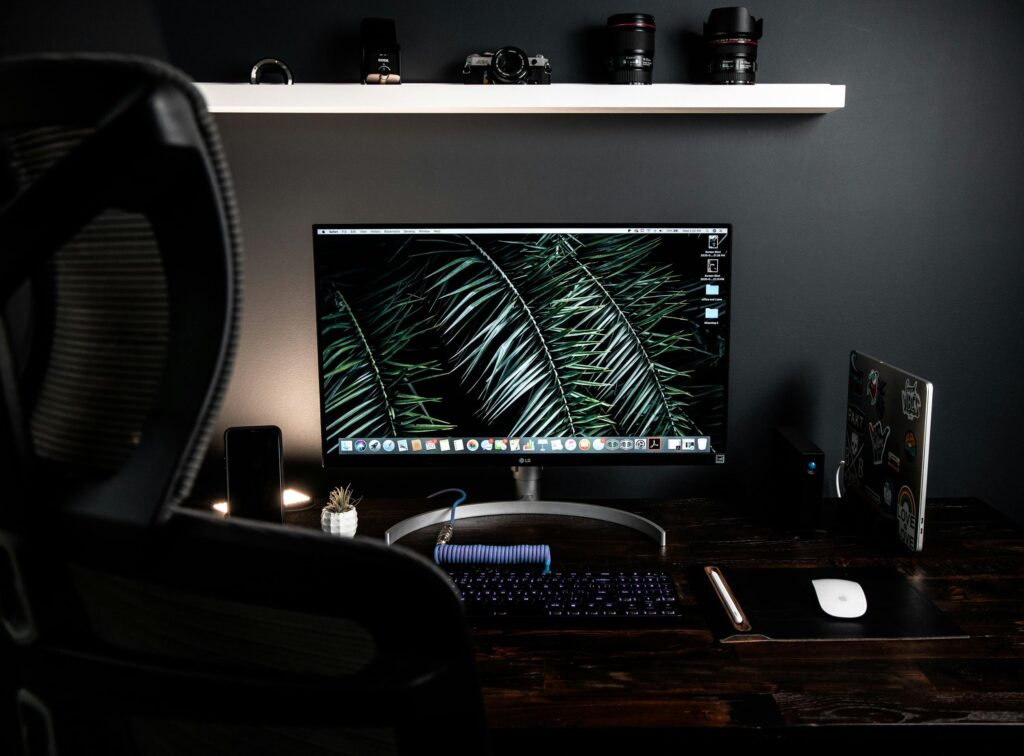
In today’s fast-paced world, where multitasking is the norm and our to-do lists never seem to end, the quest for productivity has become the holy grail. We chase after the latest time-management apps, productivity hacks, and methods like there’s a secret recipe for being more efficient. But what if the key to productivity isn’t about doing more in less time but about immersing yourself so deeply in what you do that time and effort seem to melt away? Welcome to the concept of “flow,” a state of being that is the true secret to effortless productivity.

What is Flow?
Coined by psychologist Mihaly Csikszentmihalyi, flow describes a state of optimal experience where individuals are so engrossed in an activity that nothing else seems to matter. It’s that sweet spot where your skills perfectly match the challenge at hand, and you’re operating at your peak, completely absorbed and free from distraction.
The Benefits of Finding Your Flow
Being in a state of flow not only boosts productivity but also enhances creativity, improves emotional well-being, and leads to higher satisfaction in life. It’s where you do your best work, effortlessly. Imagine writing, problem-solving, or creating with such intensity and focus that hours feel like minutes. That’s flow at its best.

How to Tap into Your Flow
Identify Your Flow Activities
Start by observing the tasks that make you lose track of time, those that challenge you just enough to be engaging without causing anxiety. These are your flow activities. Everyone’s flow is triggered by different tasks; for some, it might be writing or coding, for others, painting or playing an instrument.
Set Clear Goals

Flow thrives on clear, attainable goals. Knowing exactly what you aim to achieve in a session provides direction and structure, key components for entering a flow state. Make sure your goals are well-defined and within reach.
Seek Challenges That Match Your Skills
The magic of flow happens at the intersection of challenge and skill. If the task is too easy, you’ll bore; too hard, you’ll stress. Find that middle ground where your skills are fully utilized but still challenged. This balance is crucial for sustaining flow.
Minimize Interruptions
Flow is shy; it doesn’t like being disturbed. Create an environment that minimizes distractions. Turn off notifications, find a quiet space, and set aside dedicated time. Protecting this space is essential to maintain your flow state.
Practice Mindfulness

Being present is a prerequisite for flow. Practices like mindfulness and meditation can improve your ability to focus and dwell in the present moment, paving the way for more frequent flow states.
The Ripple Effects of Flow
Embracing flow isn’t just about boosting productivity; it’s about transforming how you work, create, and live. When you align your tasks with what brings you into flow, work becomes more enjoyable, and productivity feels effortless. It’s a virtuous cycle; the more you experience flow, the more fulfilled you feel, which in turn motivates you to seek out more flow-inducing activities.
Conclusion
Finding your flow is about more than just getting things done; it’s about discovering a deeper, more gratifying way of working and living. It’s about aligning your tasks with your passions and skills, creating an environment that nurtures concentration, and diving deep into the joy of being fully engaged. So, here’s to finding your flow, to working less and achieving more, and most importantly, to enjoying every moment of the journey.







